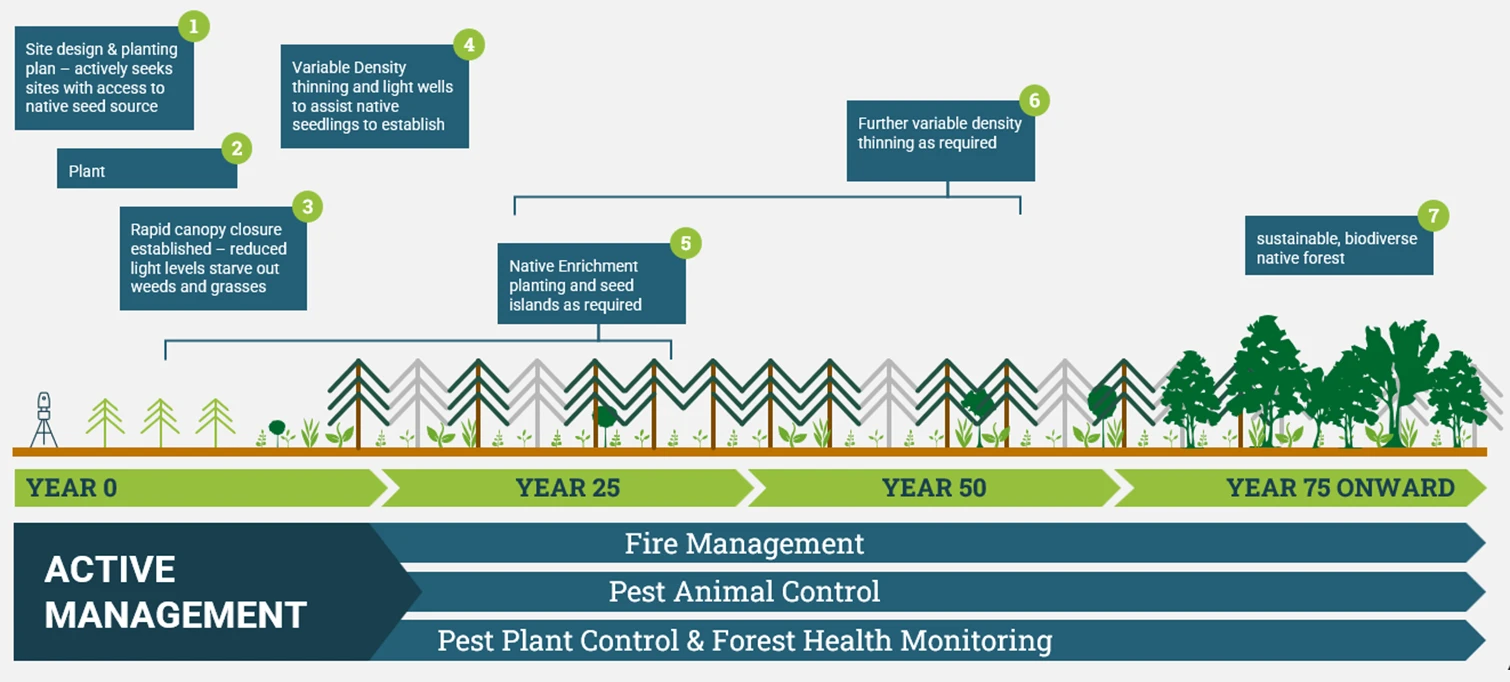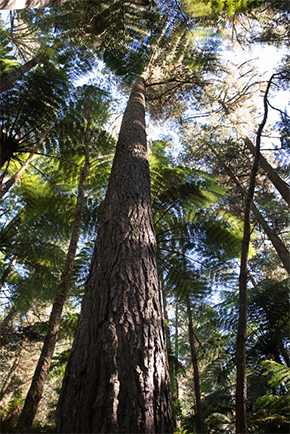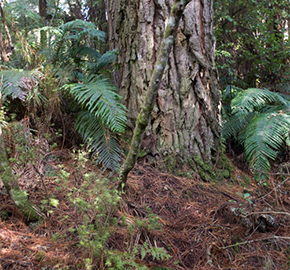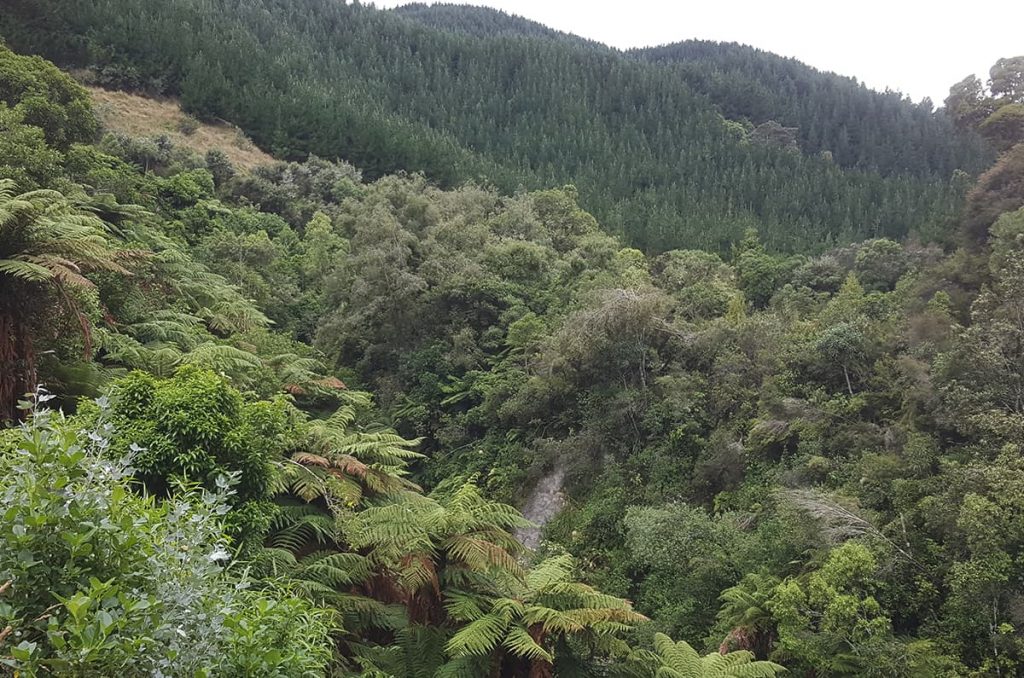Regeneration
NZCF GROUP ARE LEADERS IN THE PRACTICE OF REGENERATION. WE HAVE UTILISED INDEPENDENT SCIENTIFIC EXPERTS TO DEVELOP THE SCIENCE THAT RESULTS IN THE REVERSION OF FORESTS TO NATIVE STATE.
Preserving Our Planet for Future Generations
WHAT IS REGENERATION
Regeneration is a natural process. Initially established as a nursery crop, a regenerating forest will, with succession and the right environmental attributes, ultimately comprise many species of native flora and fauna. A permanent regenerating native forest is self-sustaining. It is dynamic, resilient and has the ability to repair and replace itself over time.
In the video, Managing Director Matt Walsh describes the process of regenerating a forest from a radiata pine nurse crop to a biodiverse, native environment.
THE REGENERATION PROCESS


PLANTING FOR REGENERATION
We are focused on planting marginal land (land use classes 6, 7 and 8). Where we can, any productive land we purchase is sub-divided and returned to the market for ongoing agricultural use.
The first step is designing a site specific planting plan. This is done to maximise the existing natural features of a site, especially existing native trees which are a valuable future seed source. It also takes into account the plans of the region, with a particular focus on erosion and stewardship of waterways.
In an area of high regeneration potential, a nursery crop of exotics can be planted and the natural process will take over to regenerate and transition into a native forest over time. In other less favourable areas, there may need to be more interventions to achieve regeneration. In essence, we tailor our approach to different circumstances so the outcome is optimal.
We typically plant Pinus Radiata as our nursery crop. This species has an unsurpassed ability to quickly absorb carbon dioxide over its first 20-30 years. Most importantly it quickly creates a forest canopy and starves out the grass and weeds, creating the right conditions for shade tolerant native species to establish themselves.

ACTIVE MANAGEMENT FOR A REGENERATING NATIVE FOREST
We actively manage our forests to mimic the naturally occurring regeneration process. This allows us to create a native forest faster than Greenfield planting of natives. We use a number of techniques, such as enabling seed dispersal from our native areas on the estate, planting natives and the opening up of light wells to let the established native seedlings grow through the canopy. As the natives grow the number of species increases attracting more native birds and insects. Our active pest control ensures a predator free forest for them.
INSIGHTS
What is Regeneration?
LEARN MORE
Forest regeneration on our NZCF Estate
LEARN MORE
Active management for regeneration on our NZCF Estate
LEARN MORE



